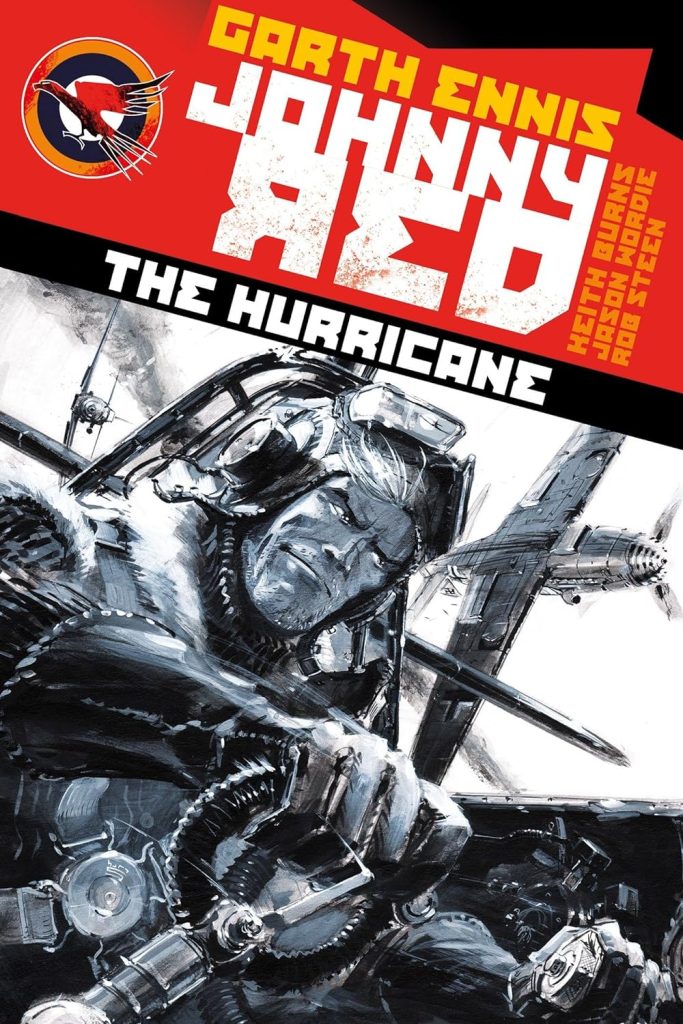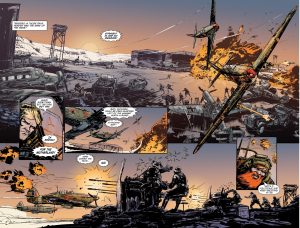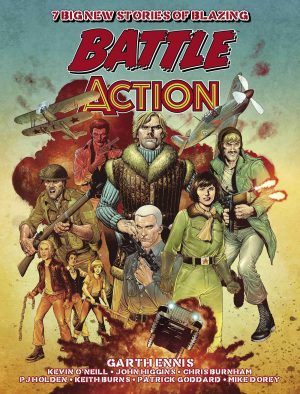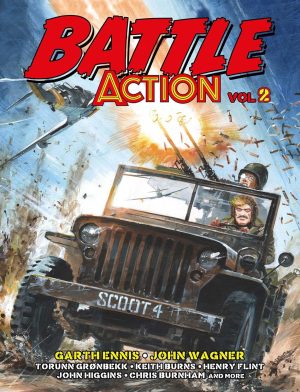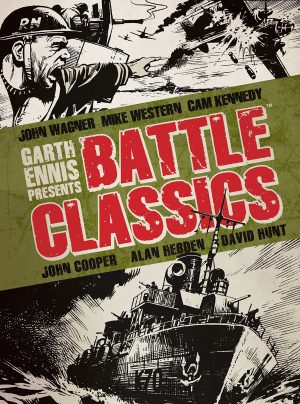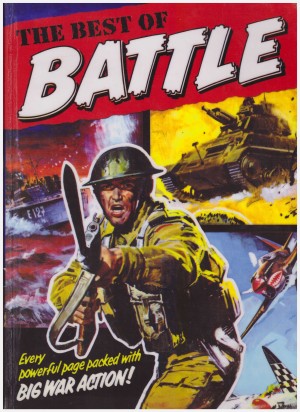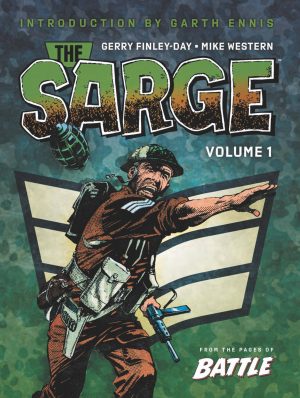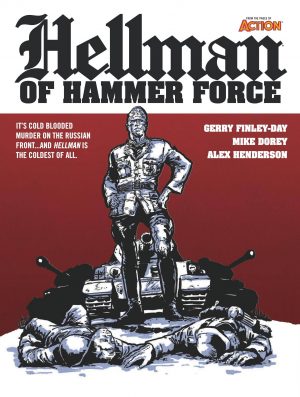Review by Karl Verhoven
In the present day a wealthy American with a passion for aircraft buys the wreck of a World War II Hurricane and pays to have it restored. He learns it actually saw service in Russia, which is more than unusual, so travels there to learn the provenance of the plane and comes back with a story more incredible than he could imagine.
No-one in the public arena has a greater fondness for the war comics they devoured during childhood than Garth Ennis. Numerous introductions to collections speak to that, and back in the day Johnny Red was the star turn in Battle, the incredible story of a British pilot and his plane that flew with a Russian squadron. Ennis supplies the myth, the heroics, and the history in a tidy eight chapters.
“They say you are the greatest flier in all of Russia”, gushes a starstruck teenager, “they say any aircraft is but a toy in your hands”. “They don’t half talk some old bollocks” replies Johnny Redman, instantly establishing the self-deprecating personality developed by many who saw World War II action. From there Ennis provides an overview of a military career spent with Russians who all respect him, battling Soviet bureaucracy as well as Nazi pilots, and developing a complicated relationship. It’s all told with the knowing of hindsight by the sole member of the squadron still alive.
At first the pages provided by Keith Burns seem a little cluttered for modern tastes, but the longer Johnny Red continues the more he impresses. The art resembles the busy pages provided by the people who drew Battle back in the day, when so much had to be crammed into three and four page episodes, and Burns is a spiritual successor. He draws grim-faced people and action scenes so breathtaking they’ll instantly drag readers who remember Johnny Red from the 1980s back to their childhood. Many of those scenes are on expertly choreographed spreads.
As Johnny’s story smoothly rolls out, Ennis addresses historical realities, as ever, impeccably researched, which emerge in the combat flight details explained in the third chapter. He’s already used some events in earlier work, such as the Russian women pilots known as the Night Witches, scorned by the Soviet authorities and only equipped with the oldest planes, yet astoundingly successful. It should also be mentioned that while Ennis shows the occasional glorious victory, he never mythologises warfare, instead accentuating the grim conditions and barbarous results.
Unfortunately, while the lead-up and aftermath is first rate, the revealed secret may be true to the type of stories run in Battle during the 1980s, but while possible within the activities of 1941, it’s sensationalistic and trite. Once it’s out of the way, though, it’s Johnny Red as you want to see him, leading his comrades during an impossible escape.
Time and distance have diminished the audience for war stories, but despite the slight lapse Ennis and Burns really deliver a cracking action thriller with a believable cast and credible motivations all the way to an indulgently sentimental ending.
